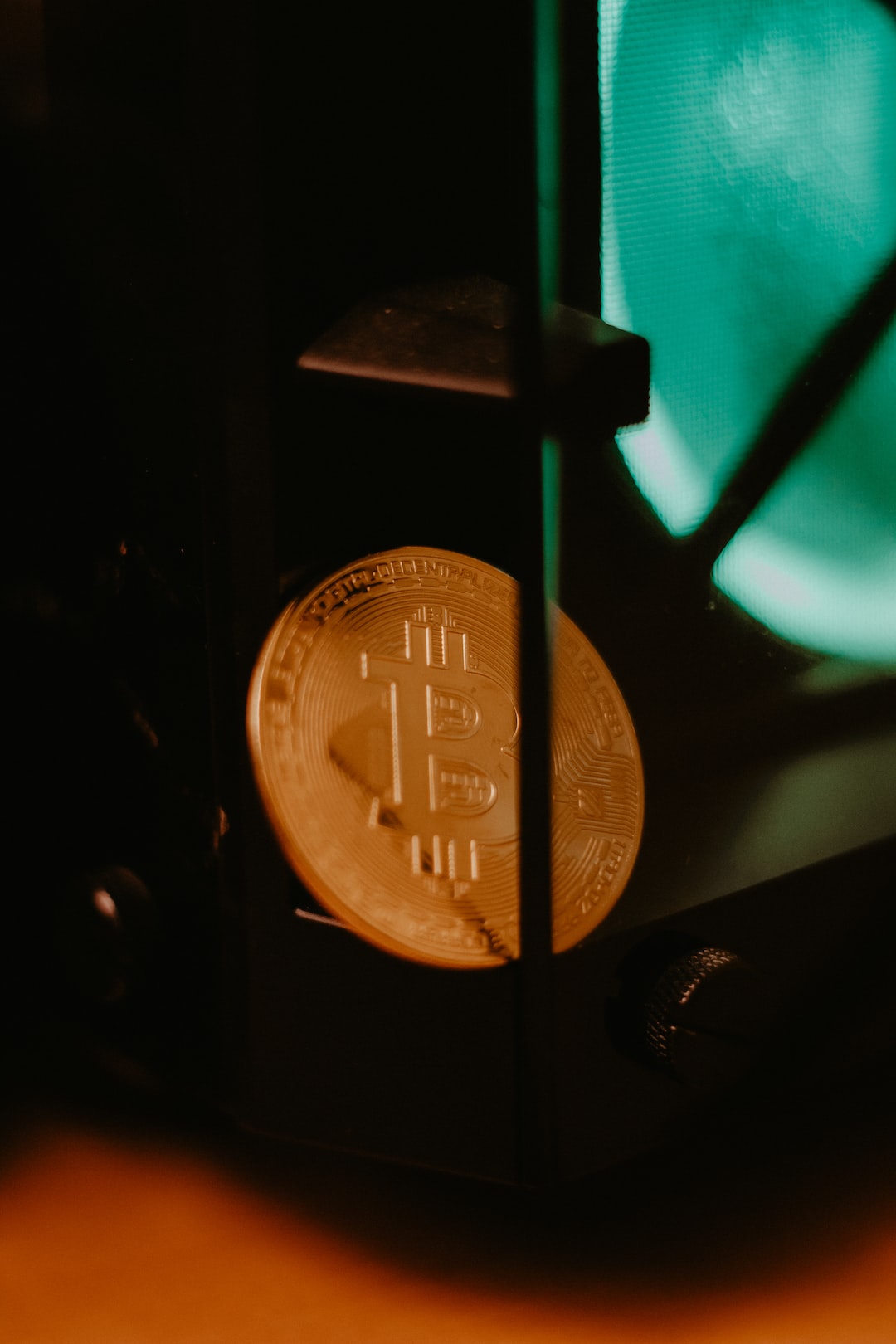Forex trading is a dynamic and fast-paced industry that requires quick decision-making skills to maximize profits. With the advent of technology, traders can now automate their trading strategies with the use of forex robots. Forex robots are computer programs designed to identify trading opportunities and execute trades automatically based on pre-set rules.
If you’re a forex trader looking to create your own forex robot, there are a few steps you need to follow. In this article, we’ll explore these steps in detail.
1. Define Your Trading Strategy
The first step in creating your own forex robot is to define your trading strategy. This involves identifying the indicators and technical analysis tools that you intend to use to identify trading opportunities. These indicators could include moving averages, Bollinger bands, relative strength index (RSI), and many others.
It’s important to note that your trading strategy should be well-defined and tested before you proceed to the next step. This will ensure that your forex robot is programmed to trade based on a proven strategy.
2. Choose a Trading Platform
The next step is to choose a trading platform that supports the development of forex robots. There are several trading platforms available in the market today, including MetaTrader 4 (MT4), MetaTrader 5 (MT5), and cTrader. These platforms offer different features and functionalities, so it’s important to choose one that suits your needs.
MT4 is the most popular trading platform for forex traders, and it offers a wide range of tools and resources for developing forex robots. MT5, on the other hand, offers more advanced features, including multi-asset trading and hedging capabilities.
3. Learn a Programming Language
To create a forex robot, you need to have programming skills. The most common programming languages used in forex robot development are MQL4 and MQL5. These languages are specific to the MetaTrader trading platforms and are relatively easy to learn.
If you’re new to programming, there are several online resources and courses available that can help you get started. Some popular programming courses include Codecademy and Udemy.
4. Code Your Trading Strategy
Once you’ve chosen a trading platform and learned a programming language, the next step is to write the code for your trading strategy. This involves converting your trading strategy into a computer program that can be executed by the forex robot.
If you’re not comfortable writing code from scratch, you can use pre-built templates and code snippets available in the trading platform. These templates can be customized based on your trading strategy and requirements.
5. Backtest Your Forex Robot
After coding your forex robot, the next step is to backtest it using historical data. Backtesting involves running your forex robot on historical data to determine its performance and profitability.
Backtesting is a crucial step in the development of a forex robot as it helps you identify any flaws or weaknesses in your trading strategy. It also helps you optimize your trading parameters to improve the performance of your forex robot.
6. Optimize Your Forex Robot
Based on the results of your backtesting, you may need to optimize your forex robot. This involves tweaking your trading parameters and adjusting your trading strategy to improve the performance of your forex robot.
Optimizing your forex robot requires careful analysis and testing to ensure that your changes are effective and do not introduce new flaws or weaknesses.
7. Deploy Your Forex Robot
Once you’ve optimized your forex robot, the final step is to deploy it on a live trading account. This involves connecting your forex robot to your trading platform and setting it up to execute trades automatically based on your trading strategy.
Before deploying your forex robot, it’s important to test it on a demo account to ensure that it works as intended. You should also monitor its performance closely to ensure that it’s profitable and does not incur any significant losses.
Conclusion
Creating your own forex robot requires a significant amount of time, effort, and skill. However, if done correctly, it can be a profitable addition to your trading strategy. By following the steps outlined in this article, you can create a forex robot that is tailored to your trading style and objectives. Remember to constantly monitor your forex robot’s performance and adjust your trading strategy as necessary to ensure its profitability.





